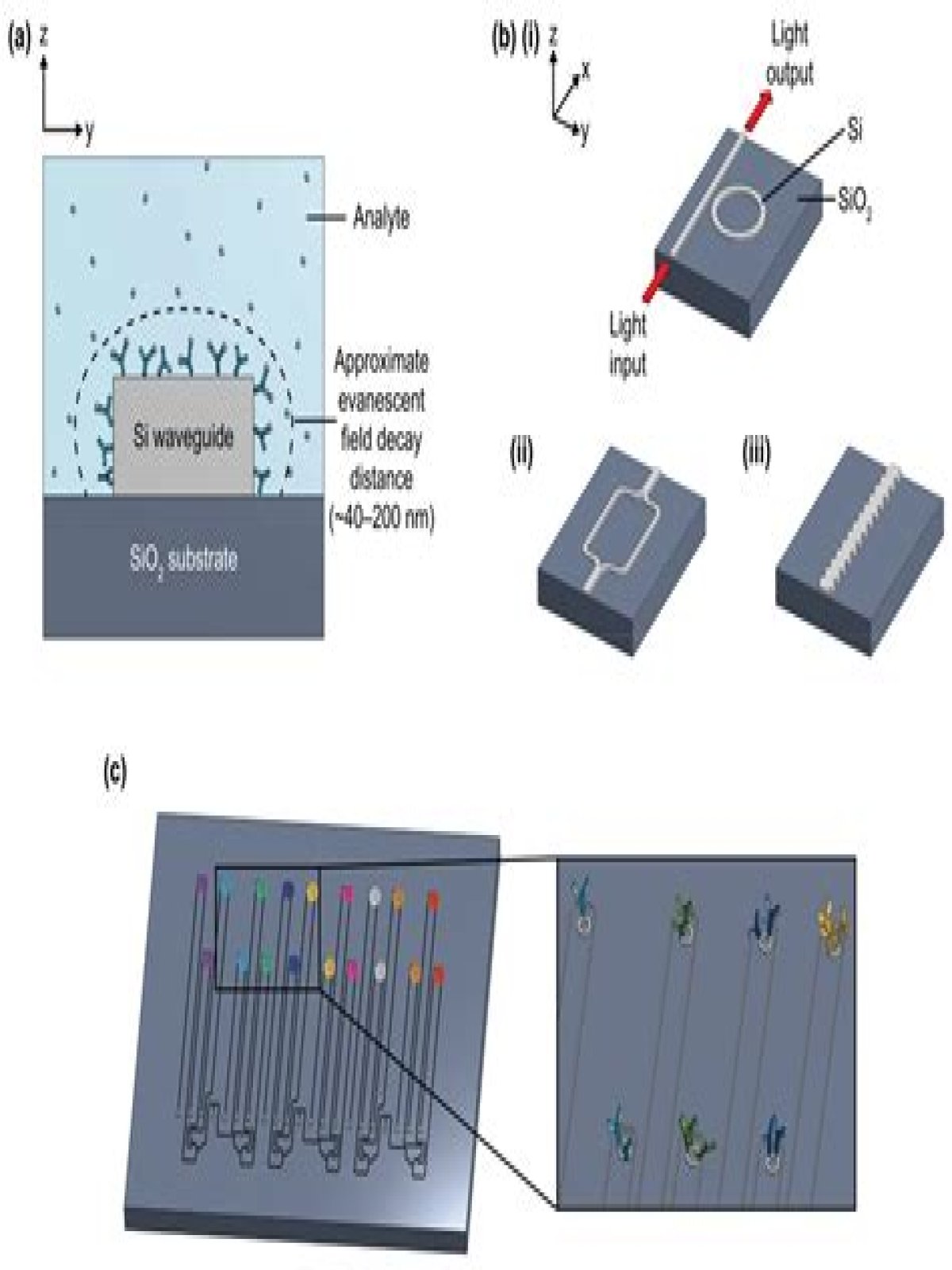What is Photonic biosensor?
2.1. The bimodal waveguide (BiMW) interferometer. Photonic biosensors are systems that seize different light-based phenomena for the fast detection and quantification of biomarkers. These devices have become critically important as an efficient tool for environmental control and clinical health diagnostics.
What is the function of photonic?
Photonics is the physical science and application of light (photon) generation, detection, and manipulation through emission, transmission, modulation, signal processing, switching, amplification, and sensing.
What is the field of nanophotonics?
Nanophotonics or nano-optics is the study of the behavior of light on the nanometer scale, and of the interaction of nanometer-scale objects with light. It is a branch of optics, optical engineering, electrical engineering, and nanotechnology.
What is photonic crystal waveguide?
As a waveguide photonic crystal, a waveguide section with a structure that is periodically alternating layers of two types of dielectrics with different values of thickness and permittivity was used.
How does a ring resonator work?
In general a ring resonator consists of a looped optical waveguide and a coupling mechanism to access the loop. When the waves in the loop build up a round trip phase shift that equals an integer times 2π, the waves interfere constructively and the cavity is in resonance.
What is a photonic crystal?
Photonic crystals (PCs) are dielectric and nanostructured materials with optical sensing properties and wide range applications in the field of optoelectronics and photonics [ [9], [10], [11] ].
What are PC biosensors used for?
Presently, PCs biosensors have been used for the selectively and sensitively detection of various biological analytes, such as DNA, cells, pathogens, proteins, antibodies (Ab) allows enhancing sensing performance in terms of limit-of-detection (LOD) [ 12, 13 ].
Can inverse opals be used as optical biosensors?
The recent main challenges regarding the application of inverse opals (IOs) in the detection of biomolecules are reviewed. Sensing mechanisms of biomolecules including glucose, proteins, DNA, viruses were summarized. IO materials with their ordered 3D microporous structures have found attractive optical biosensor applications.
What are the advantages of bio-sensors mediated optical measurements?
Biosensors mediated optical measurements have usually proven to be reliable, faster, compact, and user-friendly than those applying electrochemical and conventional optical bio-sensing systems [ 1, 2 ].
